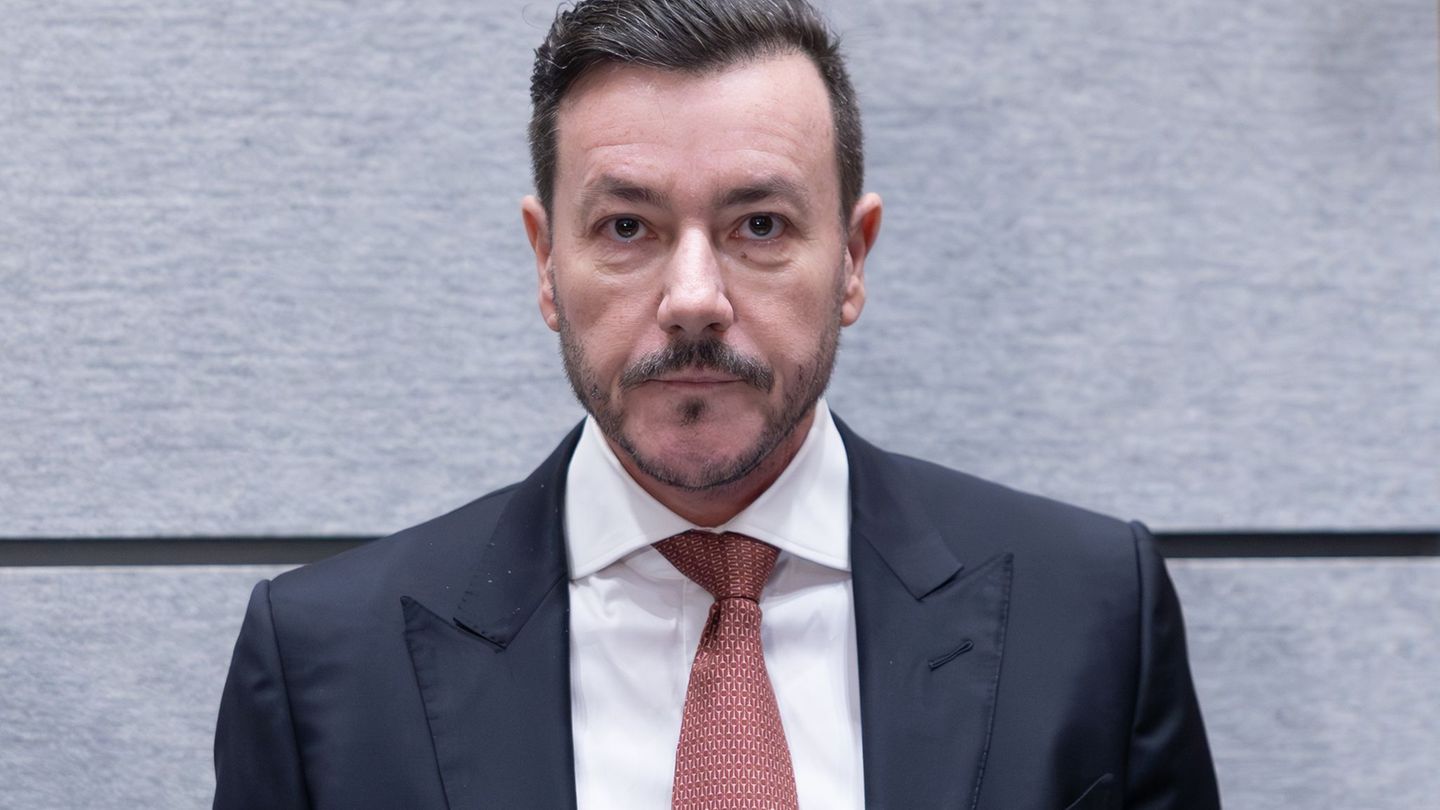Italy elects a new parliament. How is chosen? Who are the favourites? And is the country about to shift to the right?
Italy will elect a new parliament this Sunday. After the end of the government of Prime Minister Mario Draghi – which is currently only in office as an executive – the right-wing parties are in for a victory. Giorgia Meloni from the nationalist party Fratelli d’Italia could become the new prime minister. An overview:
This is how it is chosen
More than 51.5 million Italians are allowed to vote, almost three million of them are first-time voters. The polling stations are open on Sunday from 7 a.m. to 11 p.m. With a few exceptions – such as soldiers or patients in hospitals – every Italian has to vote personally in the community where they are registered. The option to vote by post is only available to the almost 4.9 million Italians abroad. A very low turnout is expected. Parties and candidates for the two chambers of parliament, i.e. the House of Representatives and the Senate, are elected. The first forecasts are published at 11 p.m., followed by projections during the night. The first official (partial) results are expected on Monday morning. For the first time since World War II, Italy will vote in the fall.
These are the favourites
A right block goes into the election as a favourite. The alliance, in which Giorgia Meloni and her radical right-wing party Fratelli d’Italia (Brothers of Italy) is clearly the strongest, could get around 45 percent of the vote. This was suggested by surveys that were last published on September 9th. In addition to the Fratelli, the alliance includes Matteo Salvini’s right-wing populist League and ex-Prime Minister Silvio Berlusconi’s conservative Forza Italia. Because of its composition, it is also called the centre-right coalition, although the polls show that the two right-wing parties have a clear majority in favor of the voters.
Who want to prevent the hard shift to the right
Above all, the Social Democrats of former Prime Minister Enrico Letta positioned themselves against the right. They entered into an electoral alliance with left-wing parties and the Greens – according to analysts, however, this group is well behind the right-wing block. A center alliance and the Five Star Movement also want to help ensure that a right-wing majority is not enough.
Complicated voting system per right-wing bloc
Italy’s electoral system is a mix of direct and proportional representation, which can benefit strong alliances. One third of the 200 senators and 400 members of the House of Representatives are directly elected in the constituencies. The remaining two-thirds of the seats are allocated based on the nationwide performance of the parties. Because the right-wingers were able to agree on joint candidates in the direct constituencies, while their sometimes very divided opponents each nominated their own people, observers predicted that Meloni and Co. could win up to 90 percent of the direct mandates. In proportional representation, less than 50 percent approval would still be enough for a majority in parliament. There are no overhang mandates like in Germany.
The issues in the election campaign
In the election campaign, the parties focused on core issues: the right wants to take action against migration, lower taxes and strengthen the economy. Centre-left focused on social justice, climate protection and international cooperation. The election campaign was overshadowed by the energy crisis caused by Russia’s war. This revealed differences on the right: while Meloni stands firmly on the side of Ukraine and does not want to take on debt to help its own citizens, Putin friend Salvini doubts the sanctions against Moscow and pleads for new money to relieve the Italians.
And why all this?
At the beginning of 2021, Mario Draghi, who was also internationally highly recognized, was appointed to head the government from outside politics. In this, all relevant parties were represented except for the Fratelli – the legislative period would have run until the beginning of 2023. When the Five Stars refused to trust him in a legislative proposal in July, he resigned. However, Draghi will remain in office until a new government is sworn in – which can take several weeks.
Source: Stern
David William is a talented author who has made a name for himself in the world of writing. He is a professional author who writes on a wide range of topics, from general interest to opinion news. David is currently working as a writer at 24 hours worlds where he brings his unique perspective and in-depth research to his articles, making them both informative and engaging.




